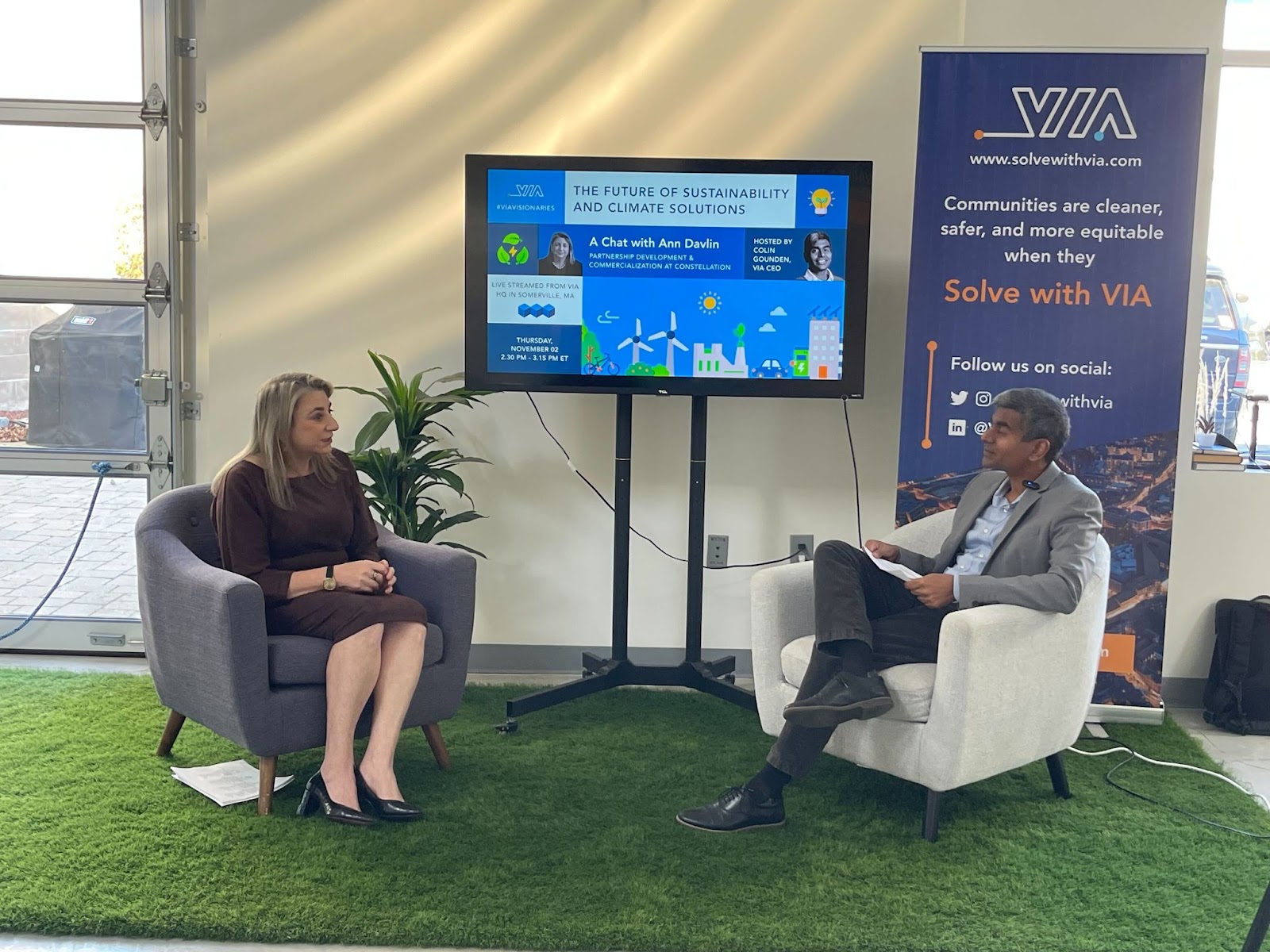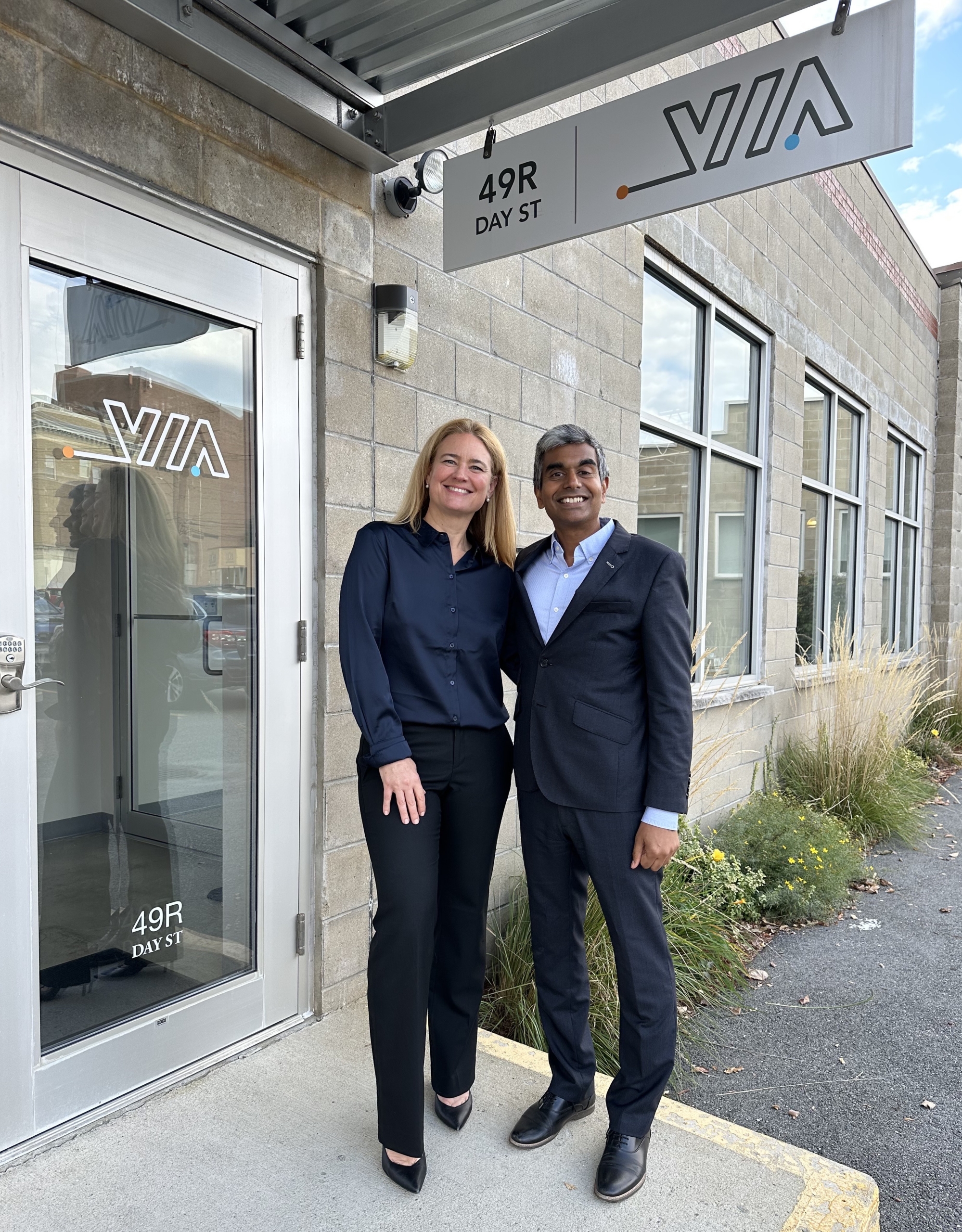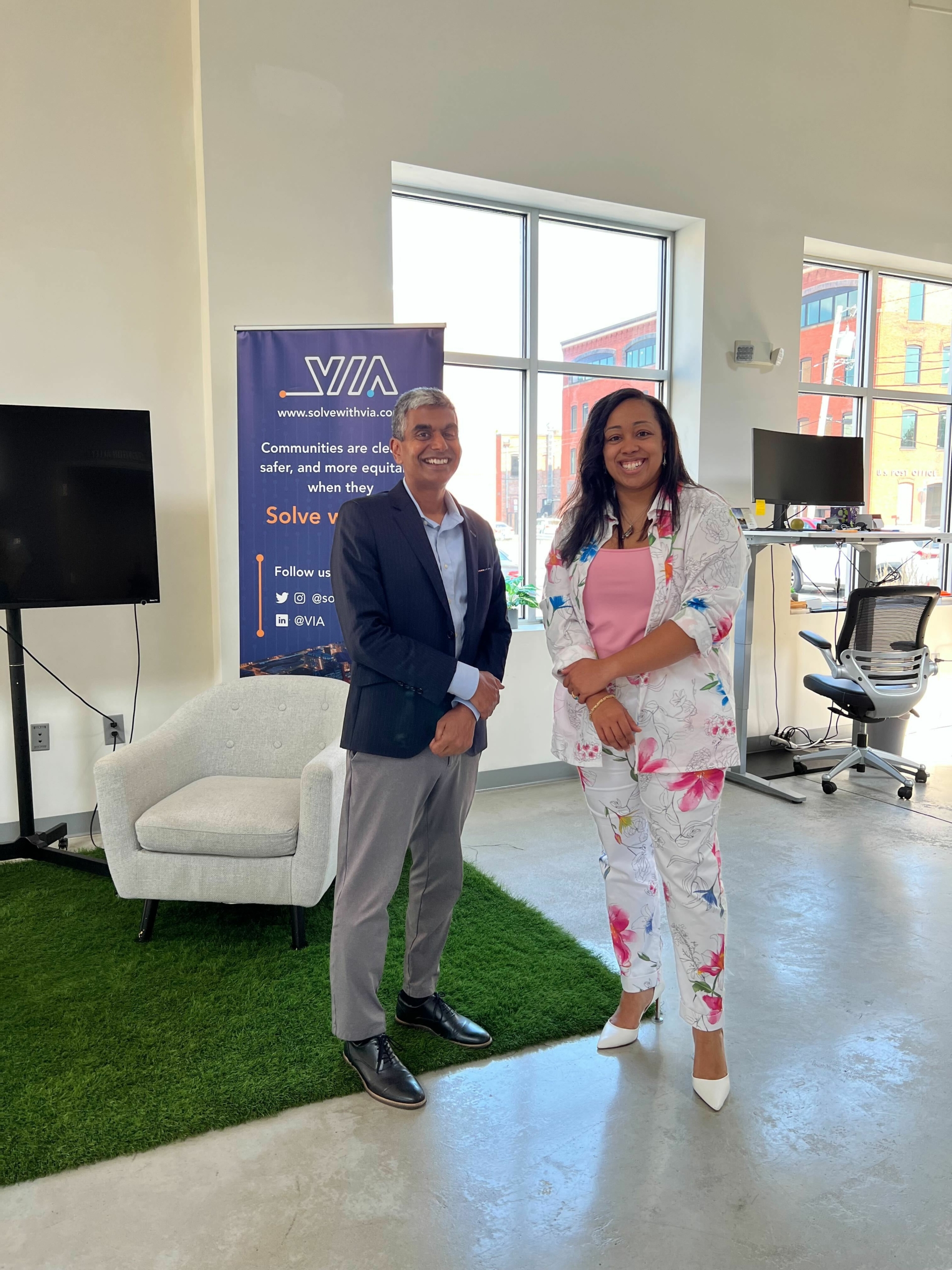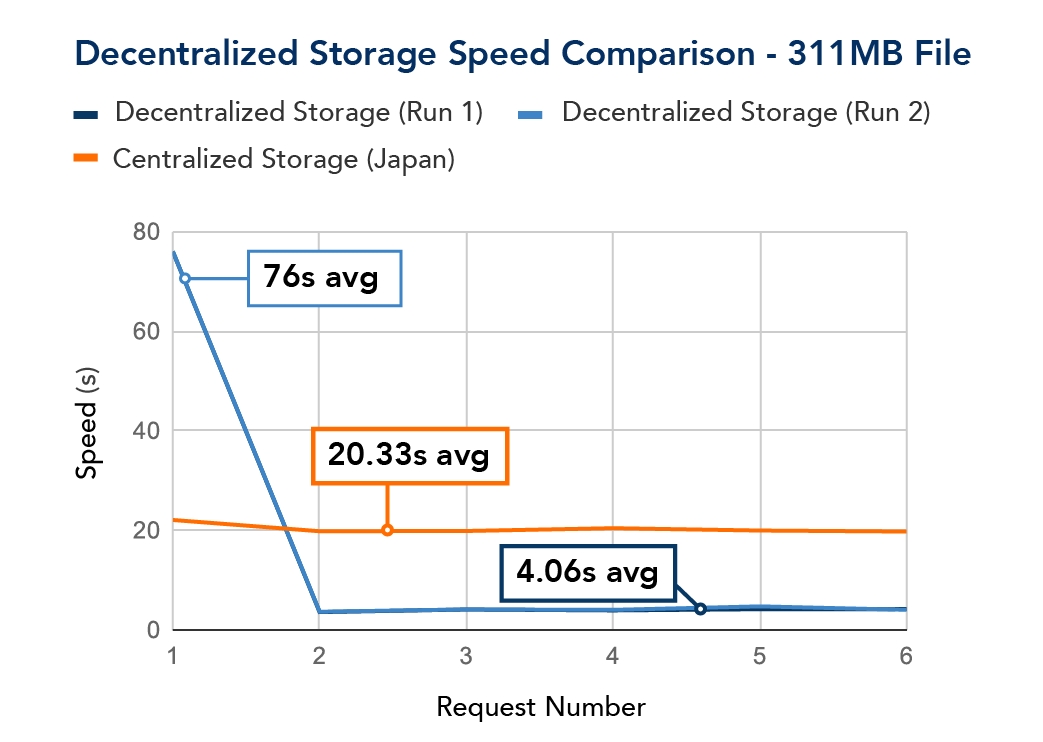MIT Energy Initiative’s Graham Turk hosts VIA’s CEO Colin Gounden on location at MIT for VIA Visionaries interview
The month of April is filled with reasons to celebrate our mission here at VIA: making our communities cleaner, safer, and more equitable. During April, we celebrate Earth Day, Drive Electric Earth Month, and one of our favorite VIA Visionaries interviews, which happened to be on location at MIT, with a dear friend of VIA’s, Graham Turk.
This VIA Visionaries interview was particularly special for us, it was the first time we were on location, and at MIT to boot. We’ve also known Graham for some time, dating back to when he was Head of Customer Care at Green Mountain Power, a company well known for providing 100% carbon-free electricity to 266,000 customers across Vermont.
Before recapping the interview, let’s dive into Graham’s impressive background.

Graham has dedicated his career to promoting clean energy through research, innovation strategies, customer care, and teaching. Currently, he is a Graduate Research Assistant at the MIT Energy Initiative where he studies the impacts of rapid electrification and explores tariff designs to promote the adoption of electric vehicles and heat pumps (an Earth Day great!).
Prior to this, he held several roles at Green Mountain Power, where his innovative leadership led to pioneering programs in battery storage, electric vehicle charging, and flexible demand management. Earlier in his career, as a Fulbright Scholar at the KTH Royal Institute of Technology in Sweden, Graham conducted research on energy markets and built a small-scale prototype of a peer-to-peer energy trading platform. His commitment to sustainable practices and his ability to unravel complex energy challenges make him an exemplary leader in the clean energy space.
Chatting live on camera at MIT for 30 minutes, Colin and Graham covered an array of topics including why he chose to join a utility, how he sees renters participating in the energy economy, and all about his blog, The Power Trip which covers energy market pricing (go check it out!). Early in the interview, Colin asked Graham about the project he was most proud of at Green Mountain Power and his answer reinforced why we consider him a VIA Visionary on this Earth Day:
“We were able to work with the State House in Vermont. They had an old diesel generator in their basement and instead of replacing it with another diesel generator for backup, they put a battery inside of it that we were able to use for similar purposes, like bringing down costs for all customers. So, the Vermont State House at that point was the first state house in the country to have batteries for all of its emergency loads. A fun little trivia question, if anyone ever asks that at Thursday trivia!”
Colin chimed in with another fun fact:
“It’s a good observation. Government buildings, in some instances, can be the first trials for lots of things. I want to say, The White House had solar panels put on it in the 70s, some of the first solar panels, because they could!”
Watch the full video below to hear Graham talk about other projects he was proud of at Green Mountain Power, including one with Tesla!
We’re thrilled to showcase Graham’s passion for clean energy and fixing utility rates for our communities as part of our “What’s your mission?” Earth Day series. Thank you again, Graham and the gracious folks at MIT, for hosting our first on location VIA Visionaries livestream.
Follow along on VIA’s website and social media (LinkedIn, X, Instagram, Threads) for the latest on how we are living our mission each day and to keep an eye out for our next VIA Visionaries interview.


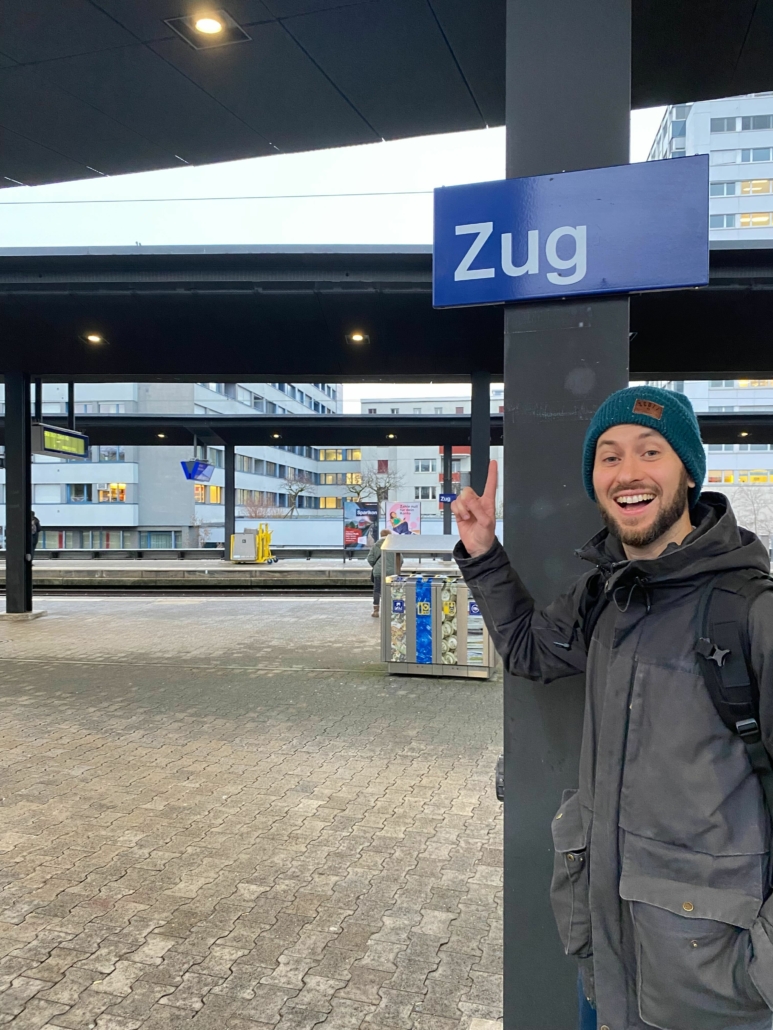
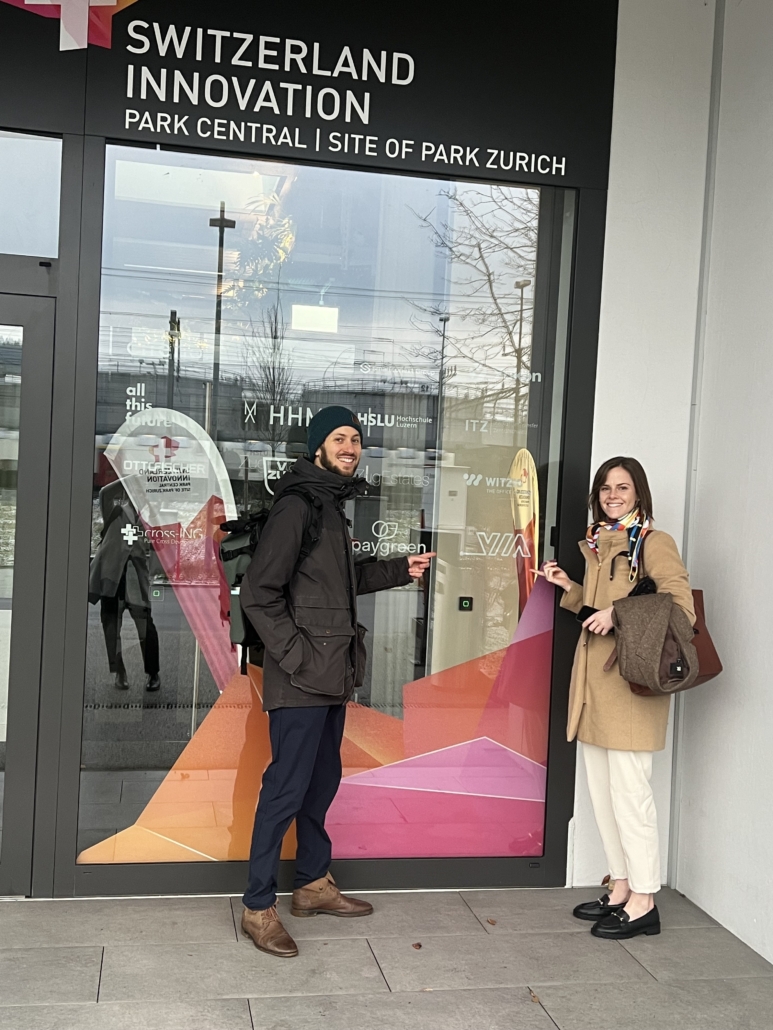
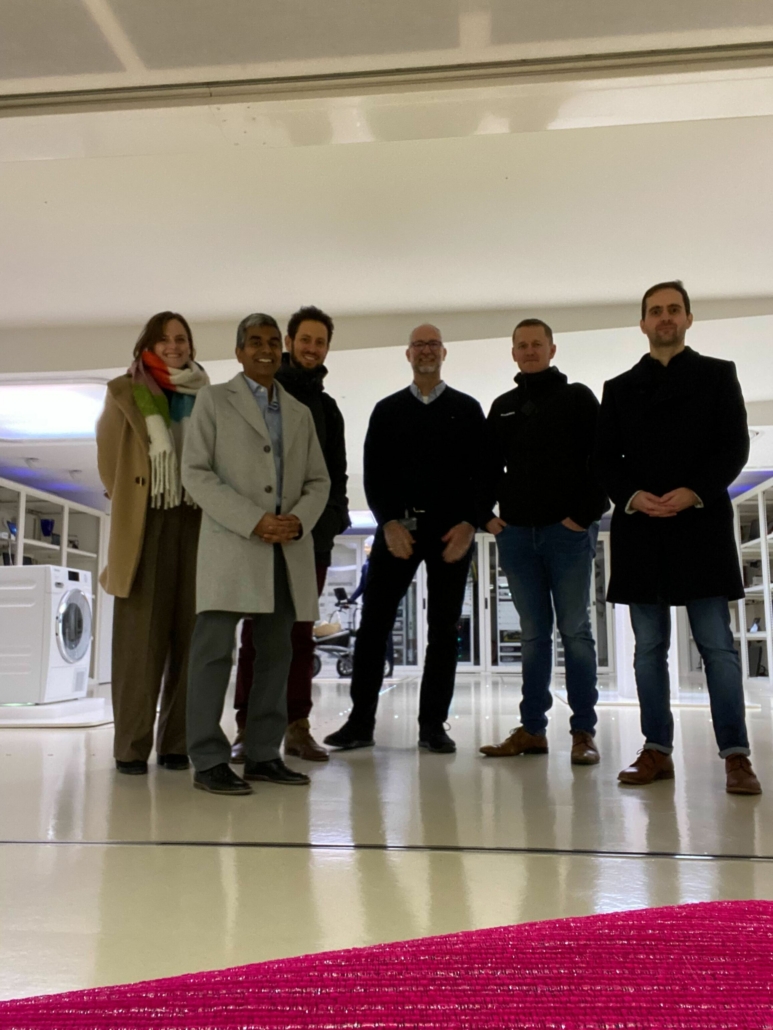
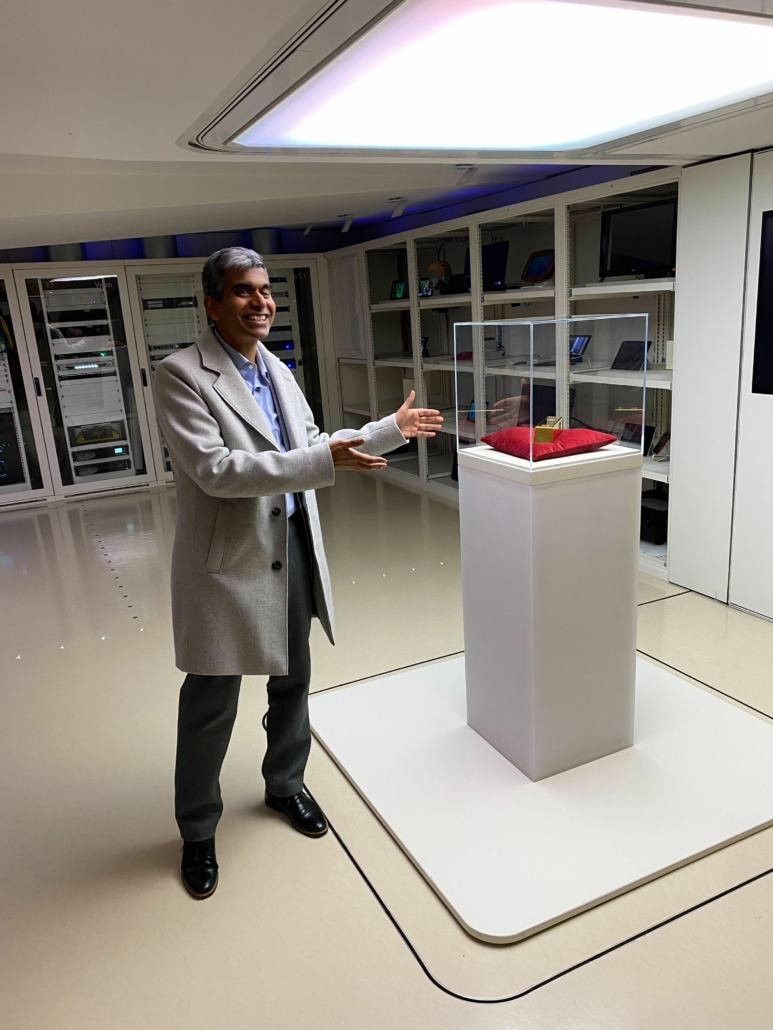
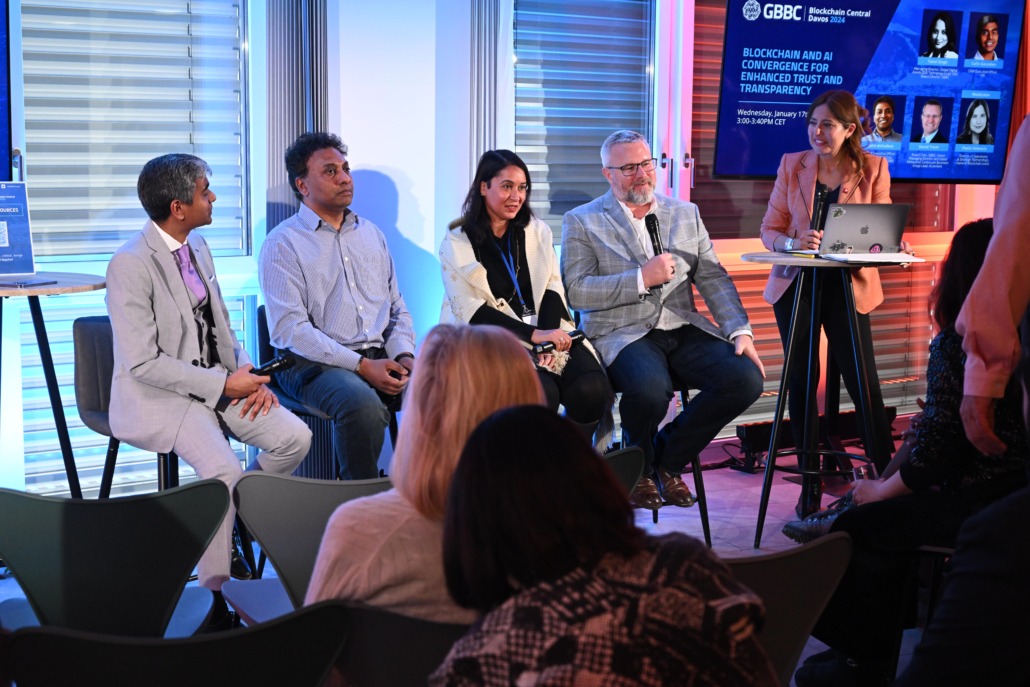
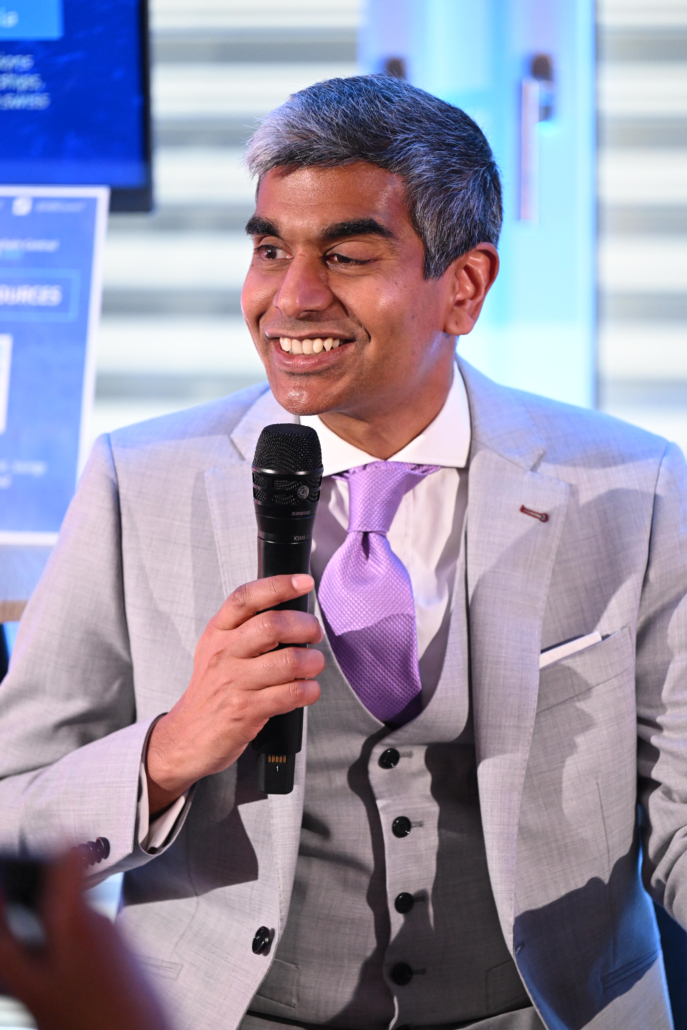

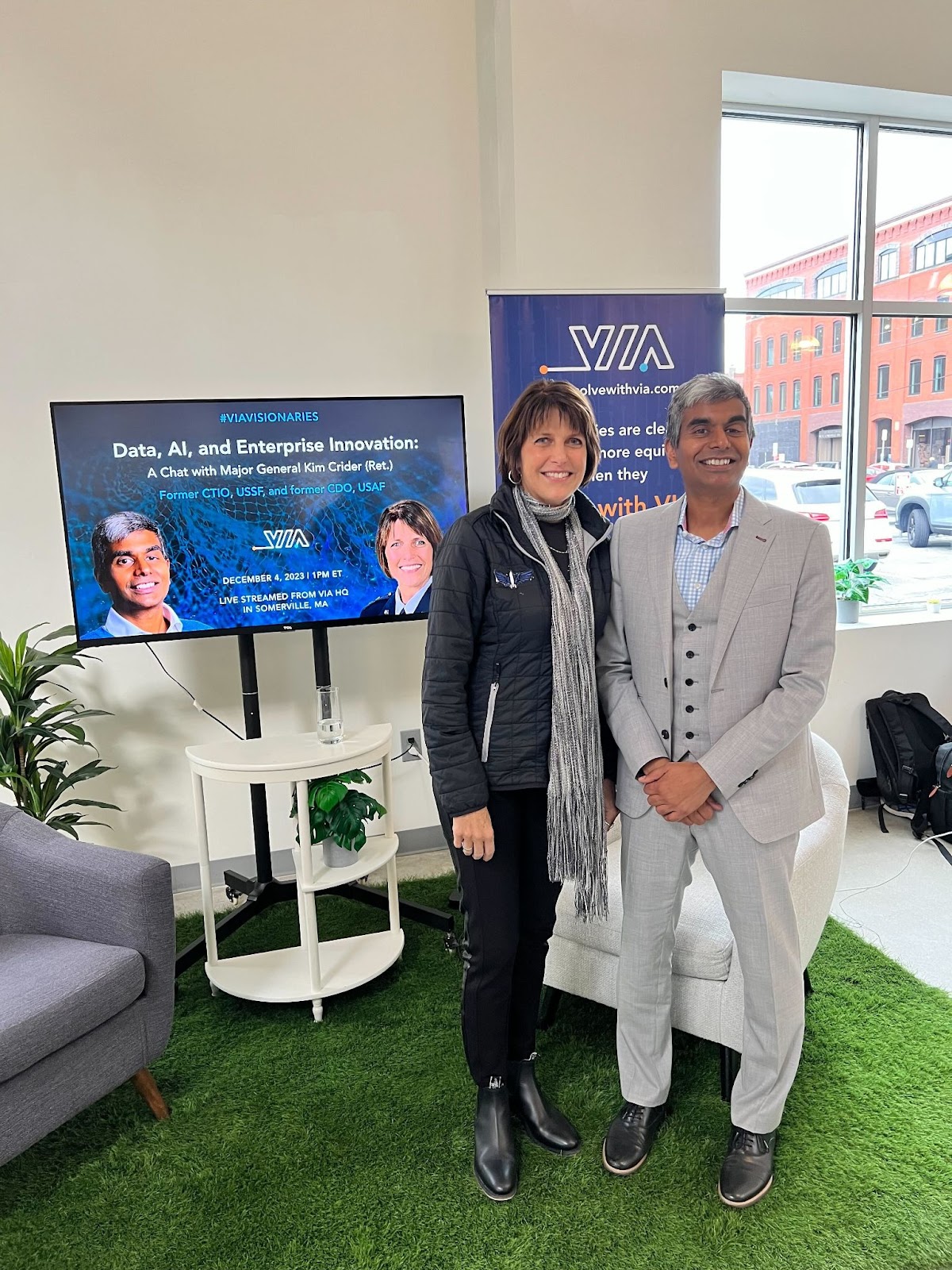 Along with other guests we’ve had on our VIA Visionaries speaker series, Maj. Gen. Crider shares a collective mission with VIA of making our communities cleaner, safer, and more equitable.
Along with other guests we’ve had on our VIA Visionaries speaker series, Maj. Gen. Crider shares a collective mission with VIA of making our communities cleaner, safer, and more equitable.